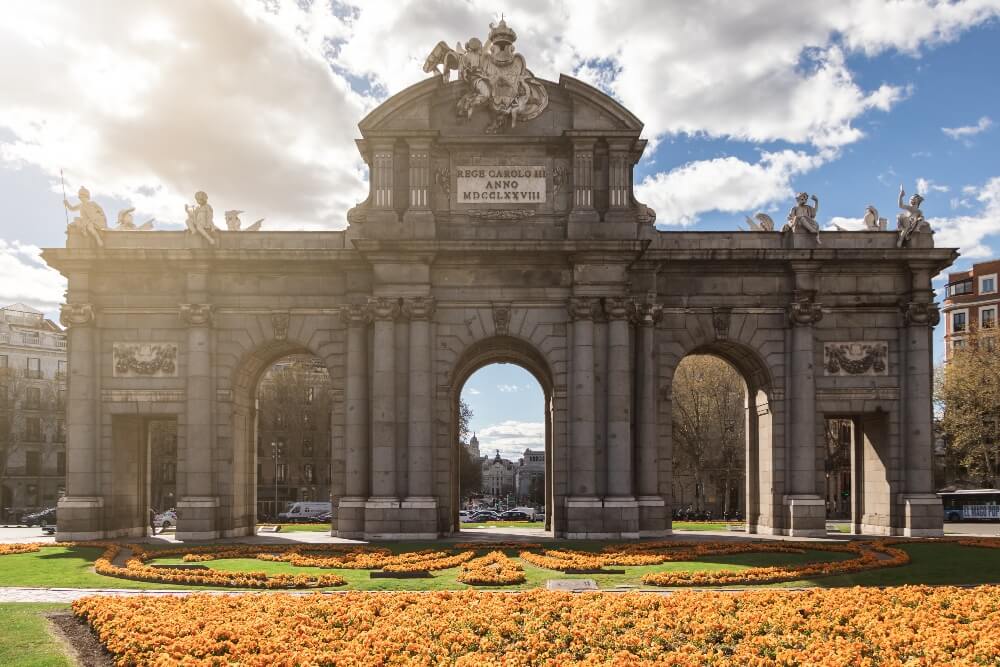Wandering around the different rooms of the Madrid Wax Museum will enable you to discover the most recent history of Spain and that of the first settlers in the Iberian Peninsula. You will relive both the most noteworthy events of centuries gone by and those that marked the transformation of the world in the 20th century.
If you´re a history lover then you can´t miss the historical and political figures on display in the Wax Museum, in addition to the magnificent, painstakingly detailed historical recreations exhibited in many of our rooms. We´re going to give you a few snippets of the pieces of history you will discover when visiting the Wax Museum.
The Madrid Wax Museum´s historical recreations
The recreations of some of the passages of the history of both Spain and the world delight visitors to the museum and are the subject of much public comment, both by first-time museumgoers and people coming back for more, as they tend to discover countless details that went unnoticed the first time.
One of the most talked-about exhibits is the recreation of Goya’s painting “The Executions”, on display in the Prado Museum in Madrid. The painting depicts a French army firing squad about to open fire on a group of people who were arrested and executed in the early hours of 03 May 1808 on Principe Pio hill in Madrid.
The picture was painted by Goya in 1814 and reflects the horrors of the beginning of the War of Independence between Spain and France, which lasted from 1808 to 1814. A dazzling lantern is the only source of light in the gloomy, terrifying nighttime scene.
This recreation of Goya´s famous painting in the Wax Museum provides a perfect depiction of the terror on the faces of the men about to be shot by Napoleon´s army, meticulously aligned soldiers pointing their rifles like a perfectly oiled machine.
The wax figures provide an exquisite picture of the seconds before the men are executed by the firing squad without being able to do anything about it. Without a doubt, this is one of the most accurate and realistic recreations of war to be found in the Madrid Wax Museum.
Columbus´ voyages to the “Indies”
Another of the most talked-about recreations in the museum are two passages from Columbus’ voyages to the “Indies”, which culminated in the discovery of a new continent: America. One scene shows the Catholic Monarchs welcoming Columbus before embarking on his journey. The famous navigator used this audience with the Spanish monarchs to outline his project and to justify the financing he needed to carry it out.
This is an extremely important historical event, as it resulted in the approval of the project by the monarchs, the beginning of a journey that would change the geopolitical map of the world forever and the beginning of the creation of the Spanish empire, the pinnacle of which was in the 16th, 17th and 18th centuries.
The second recreation of Columbus at the Wax Museum consists of Columbus, on returning from one of his first voyages, giving the Catholic Monarchs a sample of what they had found in the new continent, such as fruit, animals and indigenous people from those lands.
Other highly interesting recreations related to the discovery of America on display in our rooms are the conquest of Peru by Francisco Pizarro and the conquest of Mexico initiated by Hernan Cortes. After the discovery of America there is also a recreation of the monarch who created the largest empire in the world in the 16th century, Philip II.
Artistic historical recreations
Visiting the Wax Museum will also enable you to enjoy recreations of some of the most famous paintings in our history, such as Goya´s “The Clothed Maja”, El Greco´s “The Burial of Count Orgaz” and Velazquez´s “The Maids of Honour”.
Another of the most famous paintings recreated in the museum is “The Last Supper”, by Leonardo Da Vinci, painted between 1495 and 1498, which depicts Jesus of Nazareth´s last meal with his disciples.
You can also enjoy seeing the drafting of one of the most important literary works of all time, “The ingenious gentleman Don Quixote of La Mancha”, which shows Miguel de Cervantes in his office writing his famous novel in the early 17th century. Another of the most famous works in history, “Romeo and Juliet”, by Shakespeare, is recreated in one of our rooms, illustrating the tragic story of the Italian lovers.
You can discover these and many other historical scenes at the Madrid Wax Museum. Don’t forget to buy your ticket in advance as they sell out very quickly! We look forward to seeing you.





